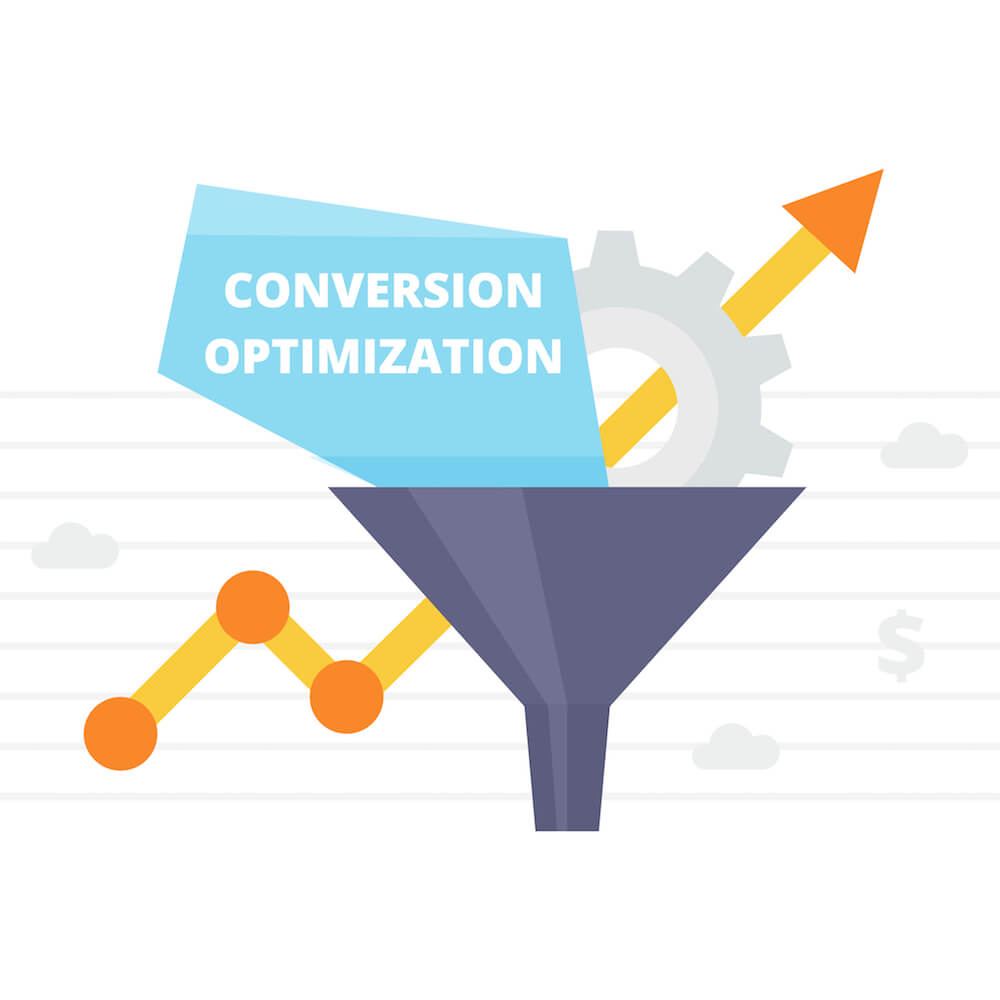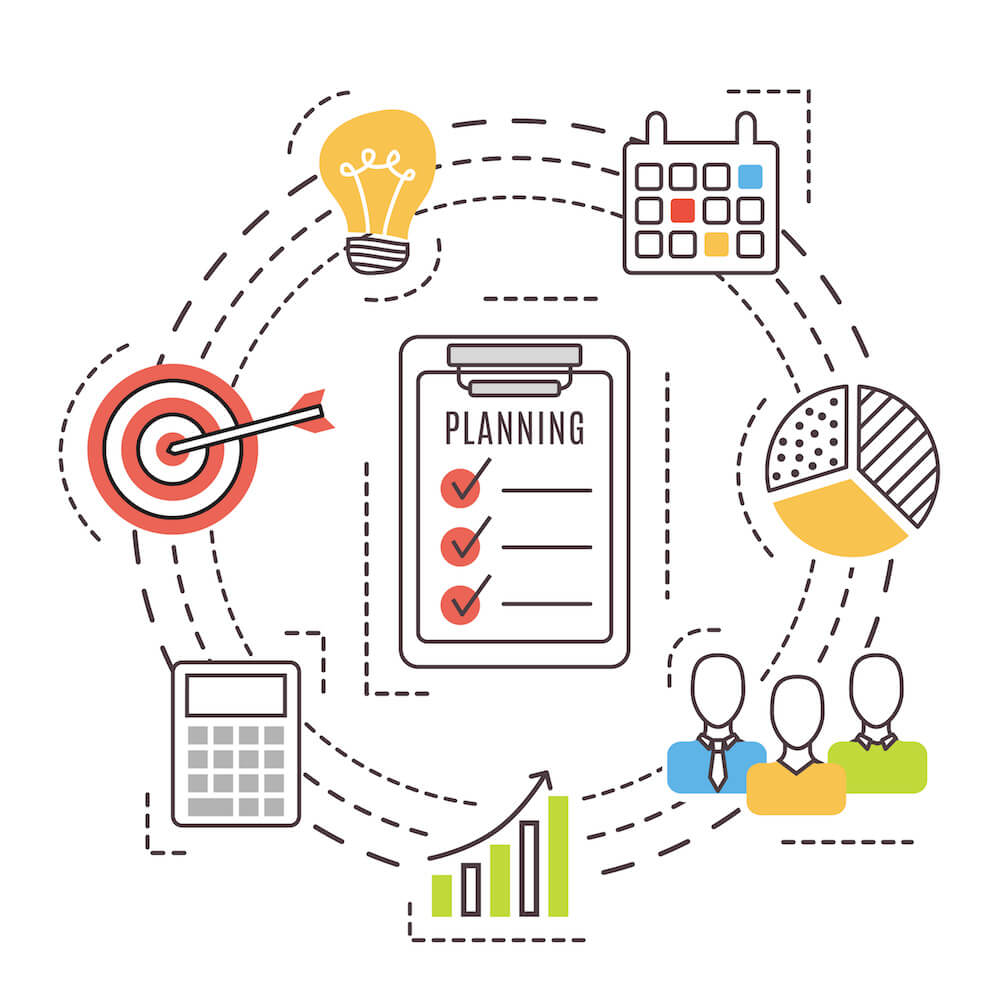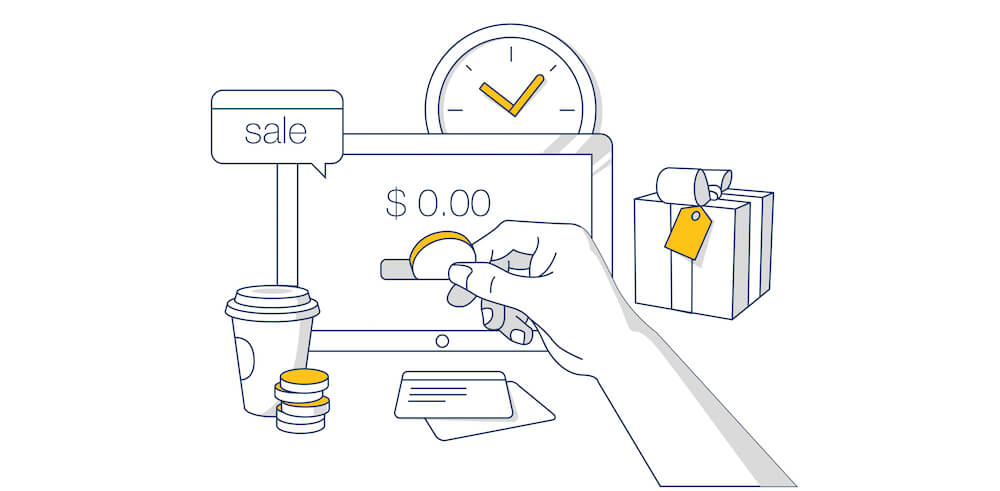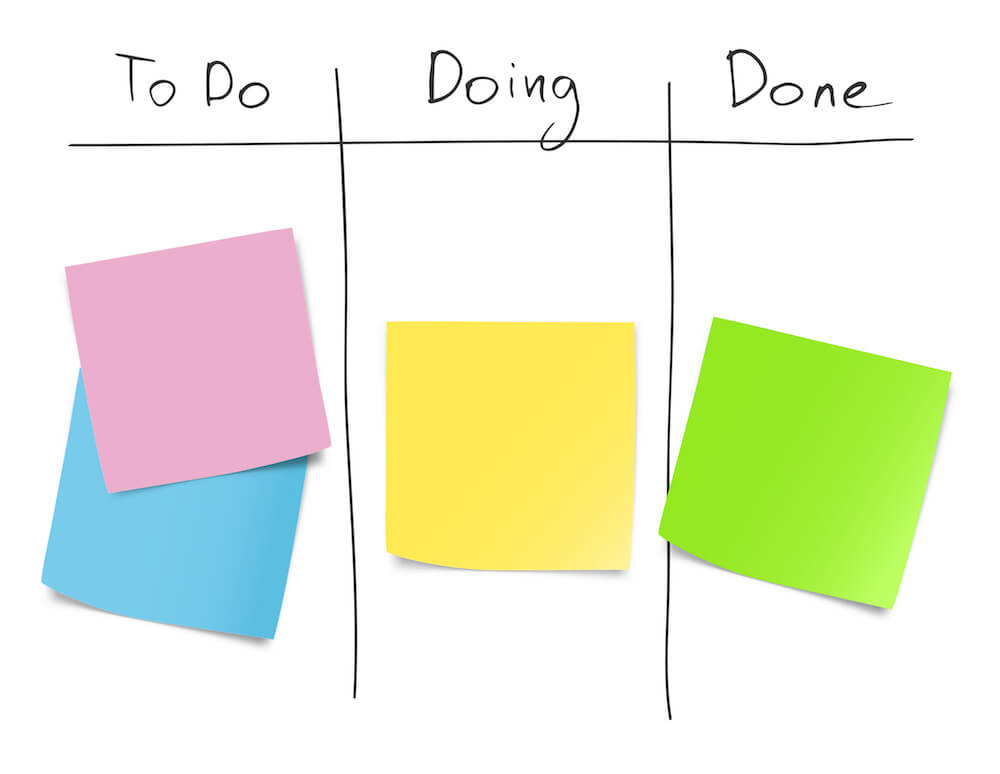The 5-Headed Beast Every Web Project Manager Must Slay

There’s no question that designing or re-designing your company’s website is a huge initiative. It’s an investment in an asset. When you invest in any business asset, you do your research. You compare qualities, specifications, availability, pricing. You try to plan to future proof this purchase so that you can either maintain and update it or only have to go through the process again many years down the road.
Just knowing that you need a website or that your website needs to be upgraded from the Dark Ages or optimized for mobile or retina display isn’t enough to actually get the project on your approved to purchase list. There are a few other elements that need to be in place to make it a reality.
1. A Serious Pain to Remedy
Nothing will jump start a major website initiative like a problem with no easy fix. Maybe your previous webmaster disappeared or you have no way to update or make changes to your website. Perhaps your website is on a platform that is not equipped to handle online sales and that has now become a major priority of your sales strategy. Or you begin to notice that all of your competitors are now taking their site visitors through the entire sales process online and closing all of their sales leads digitally while your website only has a phone number to call that leads potential clients through a dizzying phone menu that results in getting someone’s voicemail.

If you have a serious pain in your sales or business objectives, you will make a new website a top priority and ensure that it happens quickly and effectively.
2. Understanding What’s Actually Needed
Now that you have identified the urgency of a new website, you must have a clear and complete understanding of all of the elements it needs. A website is not a static billboard or ad in a local magazine. It is a living, breathing part of your company’s brand identity and your sales process. You may only need a site that establishes credibility and clearly defines your services while driving users to make that initial contact. Or, you may need a website that ties in with your supply chain, services both customers and vendors online, creates a community for your site visitors and brings the real life experience to users on their mobile devices.

Knowing what all is required and what the future may require of your website takes time and research. Often, it may be necessary to engage in a Website Discovery in order to interview key stakeholders, survey customers and evaluate third party systems in order to define what exactly your website will need to include and how much your dream will actually cost. Which leads us to…
3. A Realistic Budget
Hundreds of hours go into the strategy, design, development, content and optimization of a website. Once you’ve established the primary objectives of your website, then you’ll also find that you have a list of must have features and functionality. You may even have a wishlist of things that would really set you apart from the competition and improve the efficiencies of your sales and marketing teams. These things add to the time and expertise required to make those pieces all come together and work properly. There may also be software licenses, annual renewals, regular updates and hard costs of photography and fonts.

It’s important to come to the table with a realistic budget for what you must have, even if you have to make plans to add on extra features in the future.
4. A Project Owner
While it would be nice to just shop vendors, buy a package and pick up your website off of the shelf, that’s probably not a purchase that will end up adding real value to your business. Ideally, the new website project should have an owner on the inside. Someone who understands the brand, the business positions and strategies, the sales and marketing processes and pain points and the metrics that will measure its efficacy. This person is often the business owner in a small business or a Chief Marketing Officer in a larger organization. They have the authority to make the decisions that keep the project moving and the skin in the game to make it the best it should be.

Sometimes a project owner may not be able to take on the website project alone and will need a committee or internal team to own important deliverables, but the important thing is that there is a company member identified as the primary point of contact and last word on getting the work done.
5. Time to Make it a Priority
Probably the most challenging piece of the puzzle to getting a new company website built is finding the time to make it a priority. Your internal website project owner and respective teams already have jobs to do. You may even wear many hats and have an unrealistic expectation to deliver on many company initiatives. Small business owners are also overseeing employees, monitoring cash flow and trying to steer the vision for a successful enterprise. If you’re going to get a website designed, developed and launched (preferably before hell freezes over), you’re going to need to devote some time to review, giving feedback and contributing your valuable input.

At Glide, we will try to make the time element as painless as possible. We’ll bring our experts to the table. You’ll have a dedicated project manager that strives to make you look like the hero. We just need you to be ready to be a partner in making it happen.



